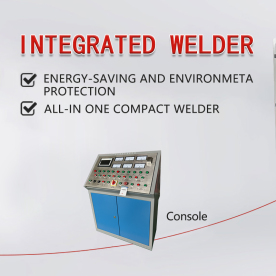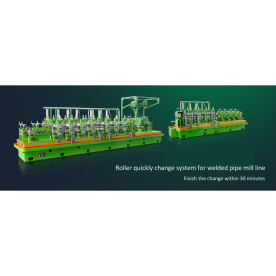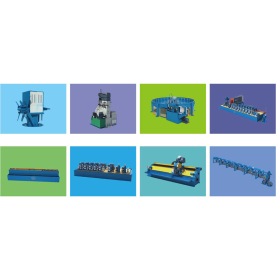[High frequency welder]Introduction to High Frequency Welder: An Essential Tool for Modern Industrial Applications
News 2025-7-28

Introduction to High Frequency Welder: An Essential Tool for Modern Industrial Applications

Introduction to High Frequency Welder: An Essential Tool for Modern Industrial Applications
A high frequency welder is a specialized machine designed to join two pieces of material together using heat generated by high-frequency electrical current. These machines are capable of producing strong, consistent welds at high speeds, making them an efficient solution for mass production lines. They are commonly used for welding thin materials such as plastic, metal foil, and even paper, ensuring seamless integration of these components in the final product.
How Does a High Frequency Welder Work?

Introduction to High Frequency Welder: An Essential Tool for Modern Industrial Applications
Advantages of Using High Frequency Welders
1. Speed: High frequency welders are capable of producing welds at high speeds, making them ideal for mass production lines. 2. Precision: These machines produce consistent, high-quality welds, ensuring the integrity of the final product. 3. Versatility: High frequency welders can handle different materials and their configurations, making them suitable for various applications. 4. Cost-efficiency: As they require minimal operator intervention and produce consistent results, high frequency welders offer long-term cost benefits. 5. Quality Assurance: The absence of welding seams improves the overall quality and durability of the product.
Applications of High Frequency Welders
High frequency welders are widely used in various industries for different applications. Some of the common applications include:
1. Automotive Industry: Used for welding plastic components in cars, such as interior trims and exterior body panels. 2. Construction Industry: Welding of plastic pipes fittings, roofing materials, and insulation panels. 3. Medical Device Manufacturing: Welding of thin metal foil for packaging and manufacturing of medical equipment. 4. Packaging Industry: Used for sealing packaging materials such as plastic bags and boxes. 5. Electronics Industry: Welding of metal components in electronic devices and circuits.
Conclusion
High frequency welders have become an essential tool in modern industrial applications, delivering speed, precision, and cost-efficiency. Their versatility makes them suitable for various industries and applications, ensuring seamless integration of components in the final product. With the continuous advancement in technology, high frequency welders are expected to further enhance their performance and efficiency in the coming years.
